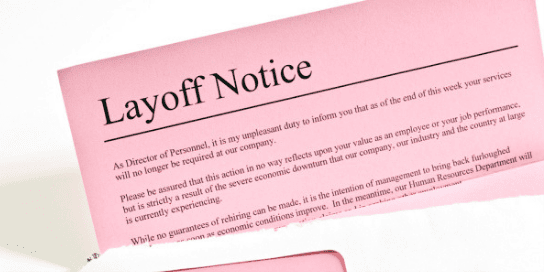Is investing really all about timing?
You wait for the right time: corrections, recessions, pull-backs, blow-ups, and inflection points. Then, BAM—you make hay, and get out. Do it again and again. That’s how investing works, right? Clichés like “time in the market, not timing the market” can’t be true…Right?
“The right time is around the corner,” some say.
They chant: “We need more charts. Maybe a classic head-and-shoulders indicator, and don’t forget the 200-day moving average.”
“The market. It’s headed lower. Much lower. We need to get in there. Not here. Something is going to present itself. I can feel it. We have to wait.”
“What about the election in 2020, China trade negotiations, Syria, Hong Kong, Turkey, North Korea, Oil supply, and changes in global low interest rates? Student loans? Bernie Sanders? The Fed? Maybe emerging markets will get even cheaper?”
A 5% correction to put cash in… It’s coming. Wait for it. Wait for it. Wait…For…It…
…And before you know it, you’ve plastered the Harvey Dent monthly newsletters like fresh wall paper all around your home, and CNBC is on, non-stop, in each wall of your home. Yes, above the bathtub, too.
But seriously.
How much is perfect timing really worth?
Good thing we have some research. Imagine looking back, you had $2,000 to invest every year for 20 years for a total of $40,000.
Courtesy of Schwab, here are some more numbers. Four hypothetical investors timed their investments differently:
- Investor A had the best timing and invested in stocks every year at the market low (a near impossibility—for 20 years). The value of the investment after 20 years was $176,679.
- Investor B decided to invest in stocks the 1st day of each year regardless of market conditions. The value after 20 years was $163,918.
- Investor C, with poor timing, invested in stocks at the market high every year ending up with $142,012. While Investor C was not in the market, they stayed in cash investments.
- Investor D didn’t trust the stock market and stayed in cash investments the whole time. After 20 years, the value of the cash investment was $64,925.
So, “perfect” timer, Investor A, made $12,761 more than Investor B who invested the first day of the year. That’s $12,761 over 20 years, or $638 dollars more per year.
Let’s kindly assume you can’t be Mr. Perfect. At least not for 20 years straight. (Mr. Perfect doesn’t exist, even though I know he’s really trying to convince you he does). The results described above were similar for every 20-year period between 1926 and 2017.
Still not convinced?
“The stock market is too risky. Even over the long-term I need to time things.”
What is the worst you could do over 20 years in the U.S. stock market?
Let’s go back. No, not the last trailing 20-years. What about using rolling 20-year periods? Let’s include the 2008 recession, 2001 “Dot-Com” bubble, “Black Monday” in 1987, the crash of 1973 and 1974, and for good measure, the flash crash of 1962.

According to J.P. Morgan, the worst rolling 20-year return for stocks was 6%, using the Standard & Poor’s index. You read that right.
Don’t have 20 years? The worst 5-year rolling period was down -3%, and the worst 10-year period was -1% in U.S. Stocks. Now you know the worst case, historically.
So, look again, the average returns (the middle of the bars in the graph above), and the best returns (the number on top of each time frame), do they look so bad?
Then, ask yourself: Are you timing yourself out of the market? Is it worth permanently missing the upside while temporarily trying to miss the downside?






